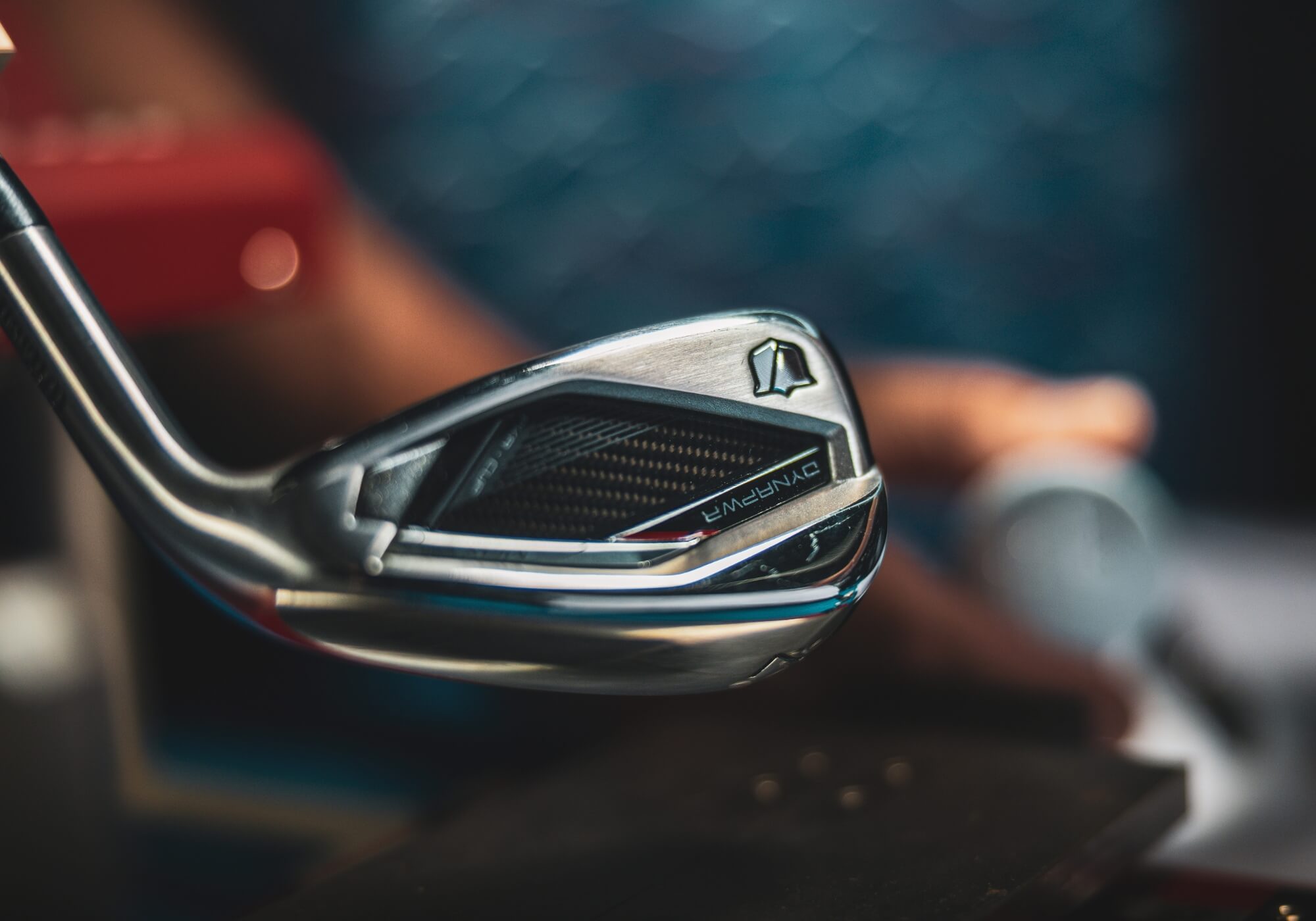Iron forgiveness has roots going back to the 1960s when perimeter weighting and cavity-back designs, most notably the PING Eye 2, changed the way golf clubs were built. The term “super game-improvement” didn’t appear until much later when publications began using it to describe ultra-forgiving designs aimed at high-handicap golfers.
These days, the category gets its own test as part of our annual iron testing. These irons feature oversized heads, wide soles, extreme perimeter weighting and deep centers of gravity, all engineered to make the game easier. Here’s what defines a super game-improvement iron, who benefits most from playing one, and the key trends we uncovered in our 2025 testing.
What makes an iron “super game-improvement”?
Super game-improvement irons are designed for one purpose: to make golf easier for players who need help with consistency, launch and forgiveness.
Typical design traits include:
Large clubheads and wide soles for maximum stability through impact.Low and deep center of gravity (CG) to help launch the ball higher.Generous offset to help square the clubface and reduce slices.Thicker toplines and more perimeter weighting for extra forgiveness.These features sacrifice some workability and sleek looks. For most golfers shopping in the game-improvement category, that won’t be a deal breaker. The clubs are built to give you the best possible result on less-than-perfect swings.








